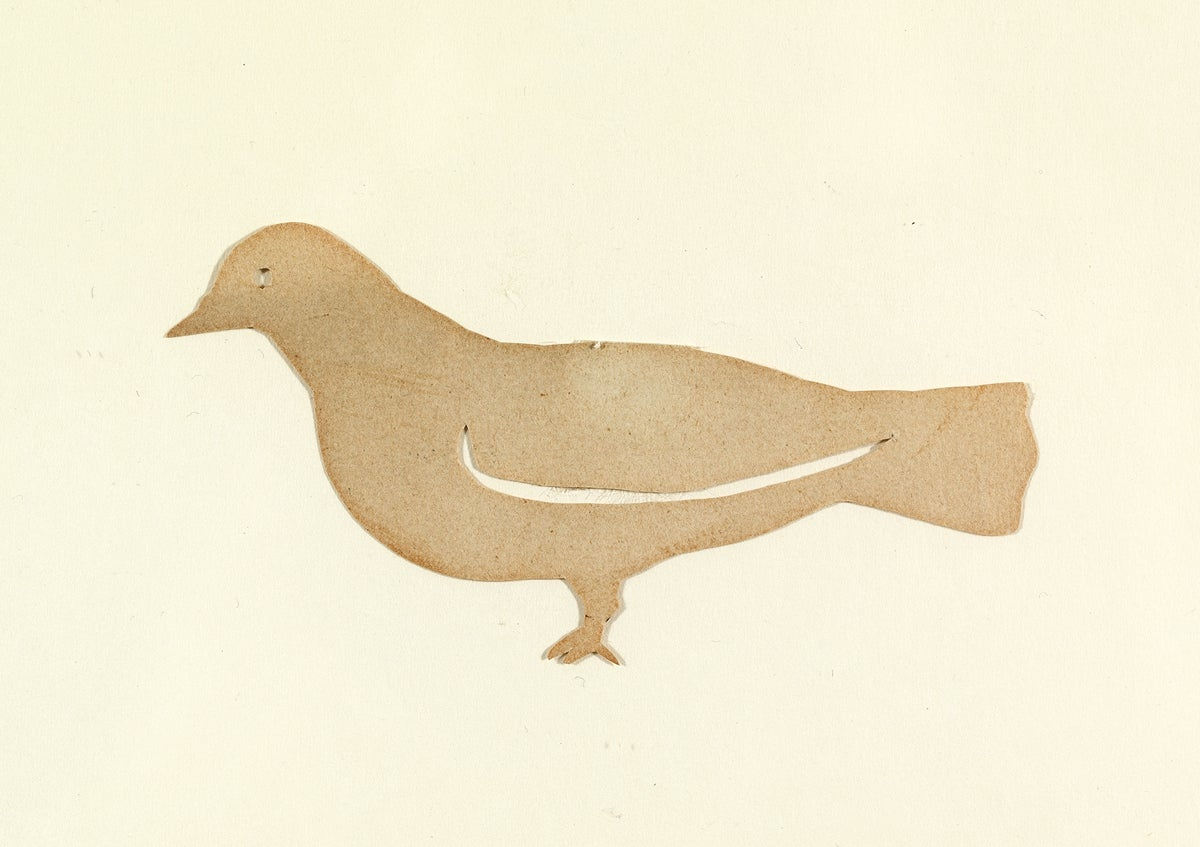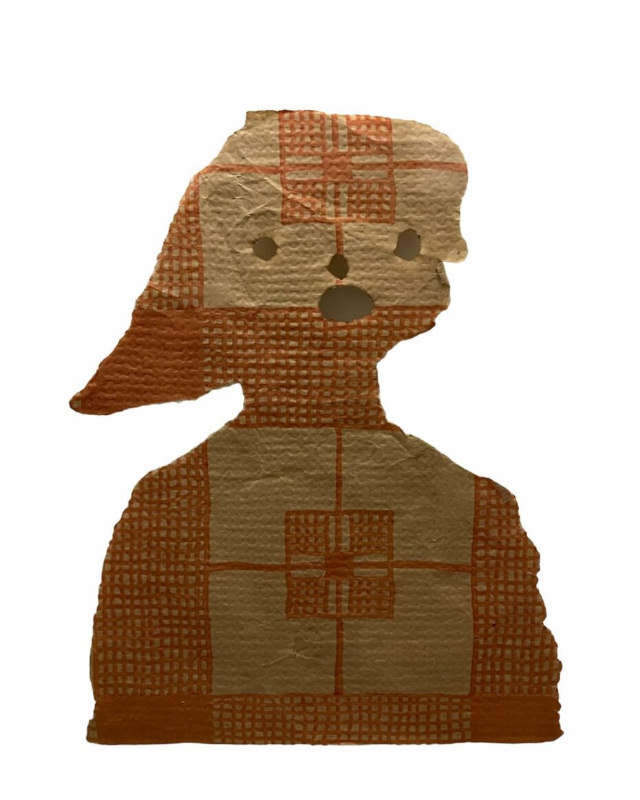Pablo Picasso’s cut-paper works, also known as papers découpés, are a series of collages created by the Spanish artist in the late 1950s and early 1960s. These works consist of cut-out pieces of paper that are arranged and glued onto a surface to form a composition. The cut-paper pieces are often taken from printed materials, such as newspapers and magazines, and are combined abstractly to create a new image.
Picasso’s use of cut-paper techniques was a departure from his earlier works, primarily painted on canvas. The cut-paper collages allowed Picasso to experiment with new forms and techniques and to challenge conventional notions of what constitutes art. The works are characterized by their bold, flat color and simplified forms, which reflect the influence of Cubism, a movement that Picasso was instrumental in founding.
Picasso often used cut-paper pieces in these works to create organic shapes and textures and suggest movement and depth. The interplay between positive and negative space is an essential aspect of these works, as is the relationship between the flat cut-paper pieces and the underlying surface.
Picasso’s cut-paper works are considered to be an important part of his oeuvre and are widely admired for their innovative use of materials and techniques. They are often seen as a continuation of the artist’s lifelong experimentation and exploration of new forms and mediums. They remain a testament to his enduring legacy as one of the most influential artists of the 20th century.





















